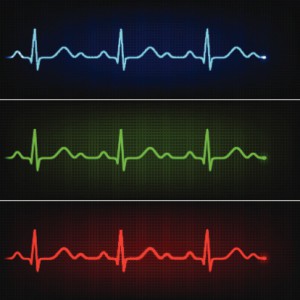Everyone knows that being constipated can be a very uncomfortable feeling and pharmaceutical companies offer us all kinds of products to alleviate the condition. Many of these contain chemicals that taken in large quantities or that are used to frequently can have harmful side effects. What many people don’t realize is that there are also simple natural home remedies that may work just as well and are generally well tolerated.
Constipation may be caused by stress, lack of fiber in the diet, being inactive physically, weak abdominal muscles, hemorrhoids, not enough fluid intake and certain foods can lead to difficulty going with bowel movements. It is a good idea to determine what the cause might be before beginning a home therapy treatment plan. If it happens only occasionally these remedies may work, if it is more frequent, a trip to the doctor is advised.
Some home remedies that you may want to try are:
• Lemon juice and warm water
• Fennel seeds – dry roasted fennel, ground up into a powder and taken with water
• Figs – soak in water for a few hours then peel the skin, grind them up and eat them
• Castor oil – one to two teaspoons
• Honey – A teaspoon taken daily
• Dandelion tea – one cup two or three times a day
• Flax seed – one tablespoon in a glass of water. Wait two hours before drinking
It is very important that a person drink at least eight glasses of water every day. People who are constipated often have low fluid intake and this is an essential component of having regular bowel movements. If you suffer from frequent constipation, it is a good idea to speak to a doctor who may be able to identify the cause and offer a solution. To schedule an appointment with a doctor at Flushing Hospital, please call 718-670-6071.
All content of this newsletter is intended for general information purposes only and is not intended or implied to be a substitute for professional medical advice, diagnosis or treatment. Please consult a medical professional before adopting any of the suggestions on this page. You must never disregard professional medical advice or delay seeking medical treatment based upon any content of this newsletter. PROMPTLY CONSULT YOUR PHYSICIAN OR CALL 911 IF YOU BELIEVE YOU HAVE A MEDICAL EMERGENCY.

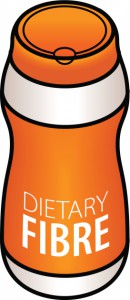
 Kleine Levin Syndrome (KLS) or Sleeping Beauty Syndrome is a rare neurological condition characterized by recurring periods of excess sleep. It is estimated that 1000 people worldwide are diagnosed with the disorder. Adolescent boys are primarily affected but a small percentage of adults and small children (male and female) are also known to suffer from this condition.
Kleine Levin Syndrome (KLS) or Sleeping Beauty Syndrome is a rare neurological condition characterized by recurring periods of excess sleep. It is estimated that 1000 people worldwide are diagnosed with the disorder. Adolescent boys are primarily affected but a small percentage of adults and small children (male and female) are also known to suffer from this condition.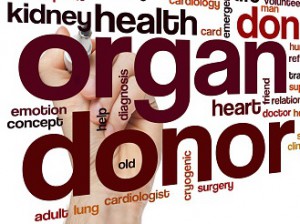


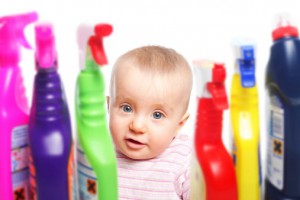 This week, March 20-26 is Poison Prevention Week. Did you know that every year more than 2 million poison-related injuries and deaths are reported in the United States and more than 90 percent of these cases occur in the home?
This week, March 20-26 is Poison Prevention Week. Did you know that every year more than 2 million poison-related injuries and deaths are reported in the United States and more than 90 percent of these cases occur in the home?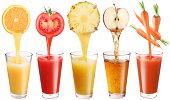
 Learning that your baby will be arriving early can be overwhelming. You may grow anxious as you wonder; what happens next? Having a premature baby does have its challenges; however you can better prepare yourself for what to expect through education.
Learning that your baby will be arriving early can be overwhelming. You may grow anxious as you wonder; what happens next? Having a premature baby does have its challenges; however you can better prepare yourself for what to expect through education.